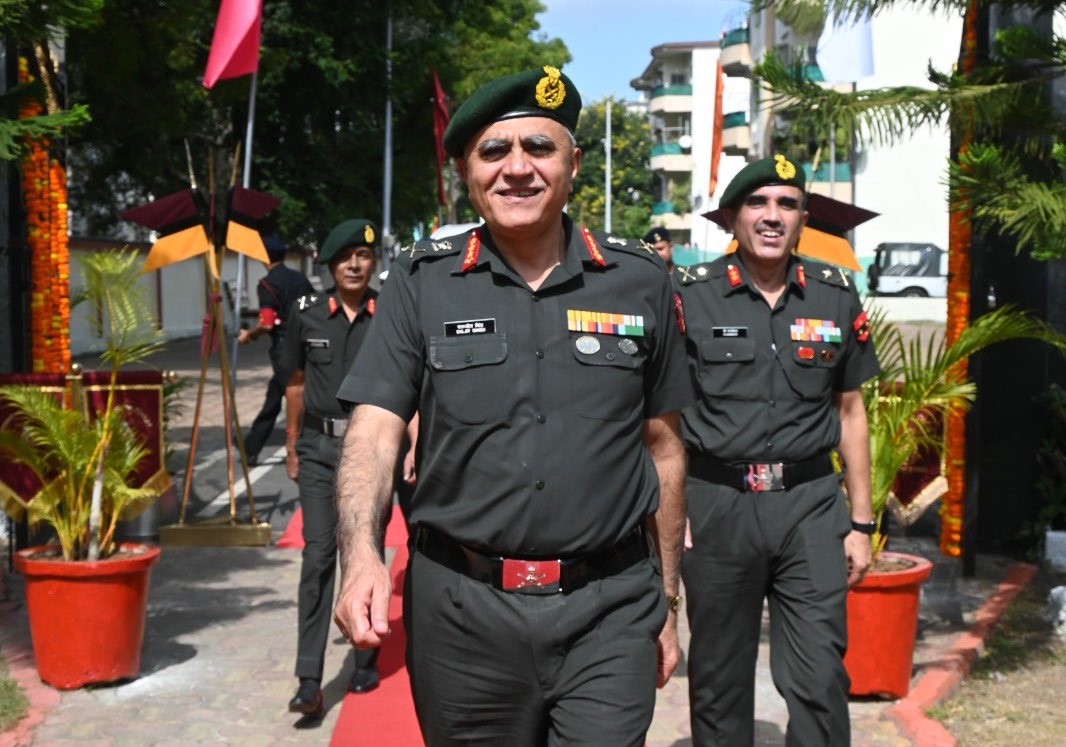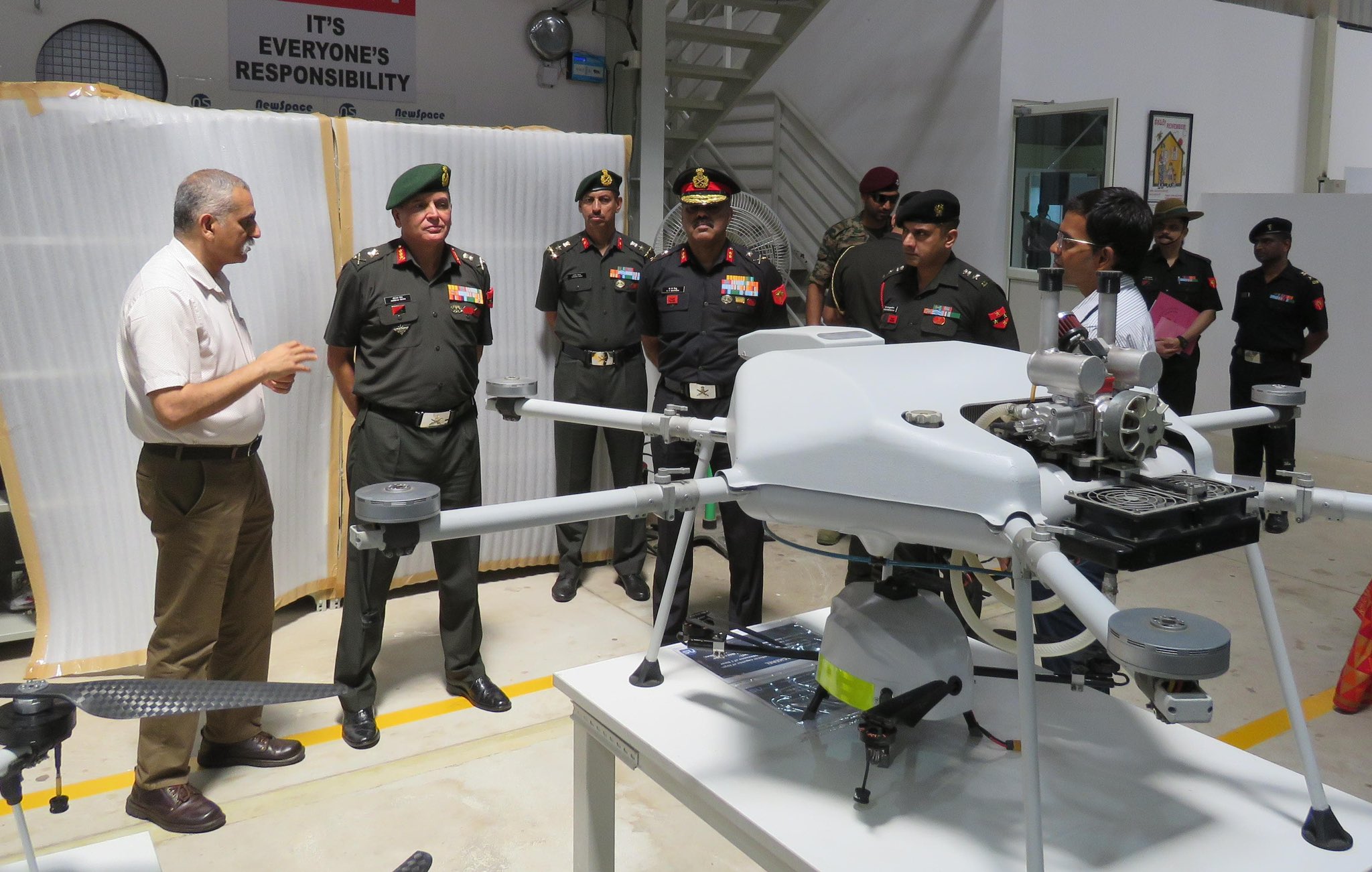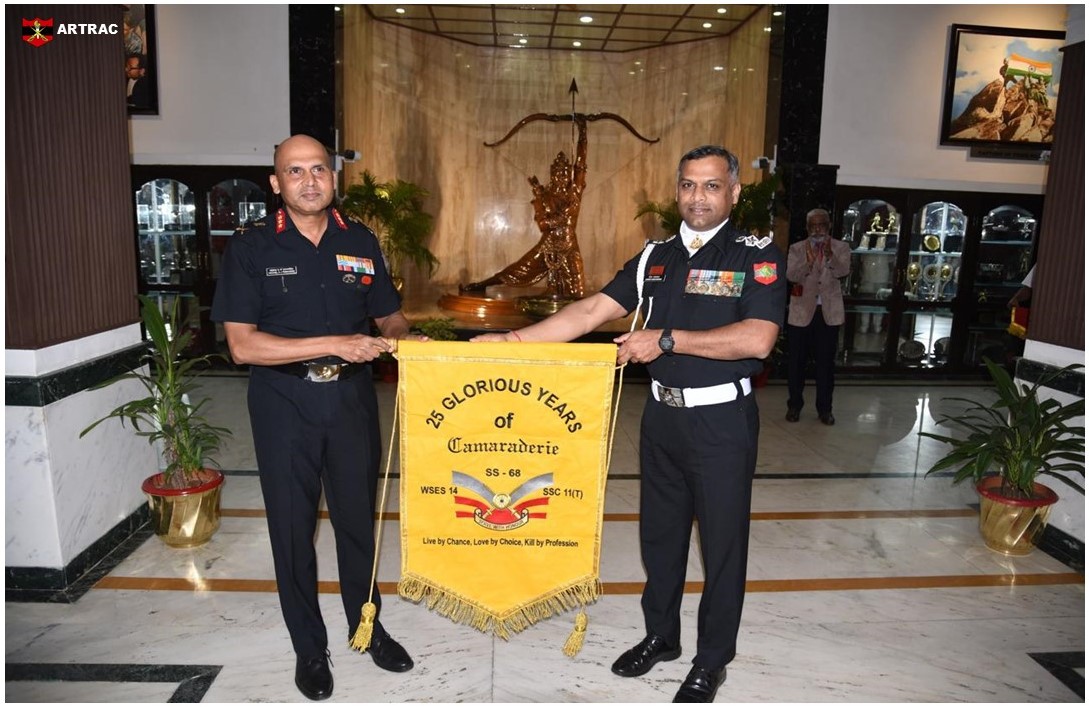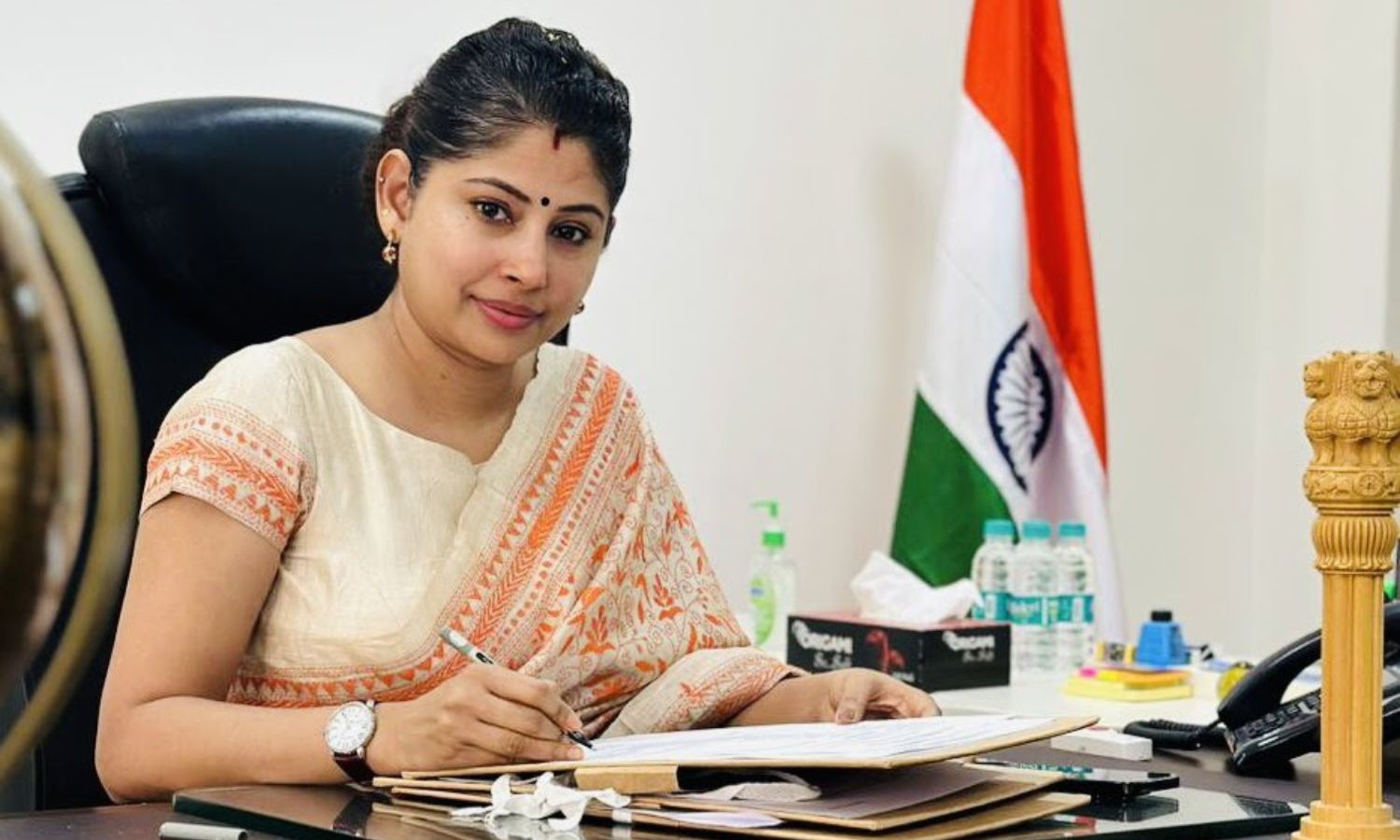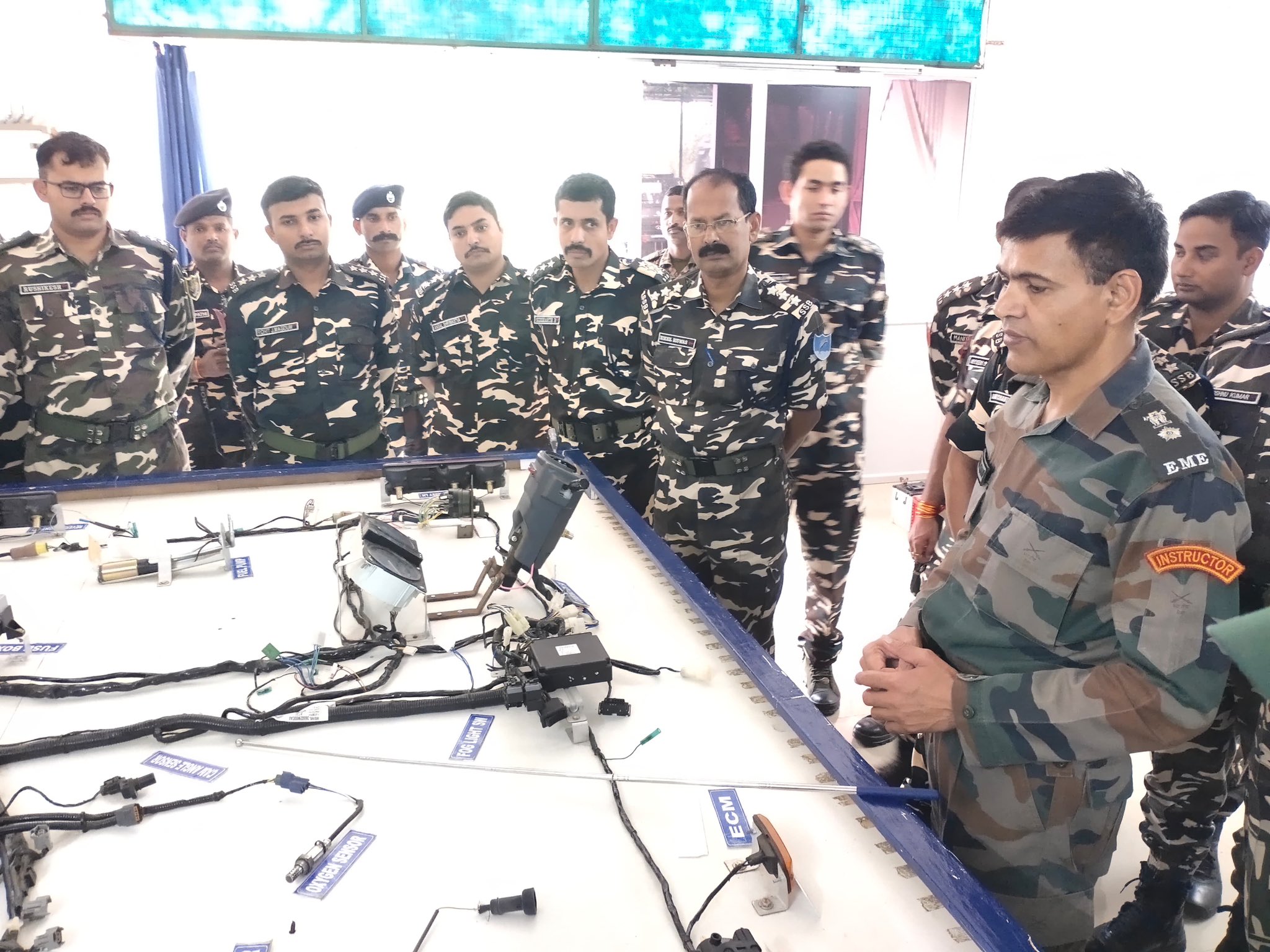Lt Gen Daljit Singh Commends Medical Units in Pune-Khadki Complex During Farewell Visit
Lieutenant General Daljit Singh, Director General Armed Forces Medical Services (DGAFMS) and Senior Colonel Commandant, marked his farewell visit today…
Lt Gen Dhiraj Seth Explores Advanced Drone Technologies in Bengaluru
Lieutenant General Dhiraj Seth, AVSM, Army Commander of the Southern Command, conducted a significant visit to New Space Research &…
Golden and Silver Jubilee Celebrations Unite Veterans and Families at OTA Chennai
The Officers Training Academy (OTA) in Chennai hosted jubilant reunion celebrations for the alumni of its Short Service Commission Courses,…
Meet Smita Sabharwal: India’s Trailblazing Youngest Female IAS Officer
In the ever-evolving landscape of India's civil services, there are individuals who rise above the norm, shattering preconceived notions and…
Sashastra Seema Bal Officers Undergo Advanced Training at Electronics and Mechanical Engineers Centre in Bhopal
A group of 27 officers from the Sashastra Seema Bal (SSB) Academy recently participated in a specialized two-day training capsule…
Indian Army Officer and Fiancée Allege Custodial Torture and Molestation By Odisha Police
In a shocking incident, an Army Major and his fiancée have alleged custodial torture and molestation at the Bharatpur police…

